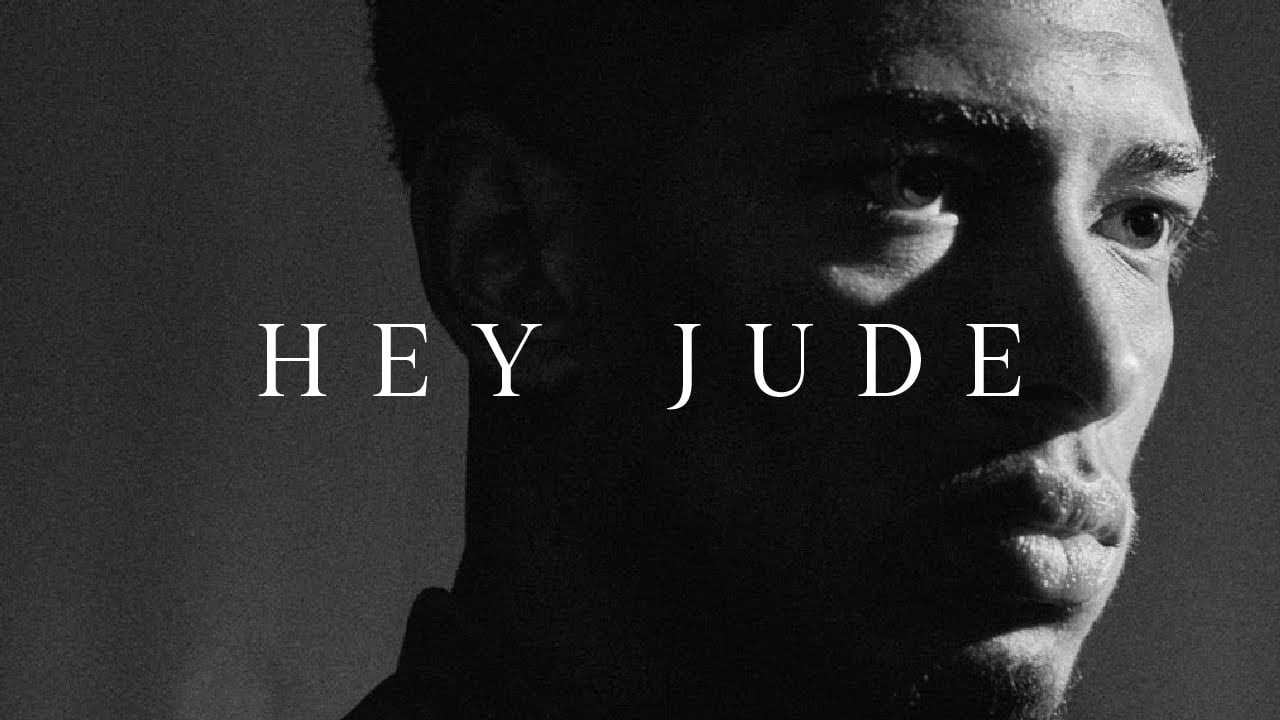Why Brands Are Turning to Sports Endorsements for Influence
With the Olympics upon us, we’ll see a sharp rise in adverts and sports endorsements celebrating our GB athletes, as happens every 4 years. It poses questions about sportspeople generally; why are they so attractive to brands and how is modern social media used as a marketing tool within this sector?
Starting with the former, athletes have a unique ability to connect emotionally with people. Taking the Euros as an example, the widespread joy (and heartbreak) across the country as we watched the men’s team on their journey through the tournament was astounding. It’s easy to see athletes as superhuman due to their feats within their field, painting them in a uniquely positive light, incredibly attractive for marketing. Brands are able to utilise sportspeople’s channels to interact with audiences whose imaginations have already been captured by the athletes they follow.
It all makes perfect sense, it seems, but too often brands simply look to be seen in tandem with these working with new-age influencers, rarely creating effective sports endorsements. The age-old deodorant can to [Insert sports star’s] armpit should be a thing of the past, but it’s still rearing its ugly, uncreative head. In terms of onscreen initiatives these need, like the athletes have done, to emotionally engage with audiences.
A strong example of a brand utilising the emotional context of an athlete/event is Adidas’ ‘Hey Jude’ advert, with videos of England football fans, players and tournaments of old, accompanied by The Beatles’ infamous ‘Hey Jude’. Adidas focused on England’s premier sporting star and all the emotions of the upcoming event for audiences. A more light-hearted campaign, with products less naturally aligned to sport, that hit the mark was Google Pixel’s phones capture goals pitch side throughout the tournament, showcasing the product but utilising the occasion as best as possible. Engaging content that clearly relates to the product being advertised. We also saw Arsenal players earlier this season discussing ‘how many pillows they sleep with’ as part of a Premier Inn advert during the regular season. Personable and relevant, this makes the brand stick in people’s minds through content that audiences want to watch.
A consideration must be how a brand can make the most of busy athletes’ time, and avoid partnerships that simply utilise the face of an athlete, rather than the person themself. For example, Nando’s ‘Saka Sauce’ initiative, was a smart, execution-able plan that required minimal talent time. Not only could fans physically engage with the campaign, but it was an authentic partnership due to the athlete’s genuine interest in the brand. It helps that it also happens to be delicious!



With this in mind, how should brands approach working with Olympic/Paralympic athletes in a sports endorsement partnership? Whilst the size of their following won’t match that of the England men’s football team, the approach should remain the same. Looking to create content that authentically ties the brand and athletes’ stories together, Bupa’s Picture of Health campaign for example. A consideration also needs to be made, to not be seen to be simply capitalising off the hype surrounding the event, and rather look to engage in longer-term partnerships, contributing to raising the profile of both the athlete and their chosen sport. Ask yourself these questions; why is the athlete famous? How do we, the brand, align with them, not the other way around? How can we make content that showcases this, in an interesting and attention-grabbing way? You should have a good steer on what to create by the end of this, if not, it may not be the correct fit.
The over-arching takeaway should be that brands shouldn’t shoehorn talent into their campaigns, but rather work with the athletes at the heart of the partnership. We see this across our sector; influencer marketing has seen thousands of influencers holding a product, reading a script, and promoting something that does not correlate with their personal brand, or at least the advert fails to showcase it. Compare that to brands that are willing to take the creative direction of creators, incorporating products authentically into their content. We see increased views, engagements and click-throughs skyrocket. Audiences understand talent needs to make money through brand partnerships, but this doesn’t mean they should have to be bored by it.
The more creators can create the content that their audience loves, the better the response, and this is how brands should see working with athletes. They have their story that has led you to work with them, and as much as possible utilise that to create something unique, emotive and engaging.



